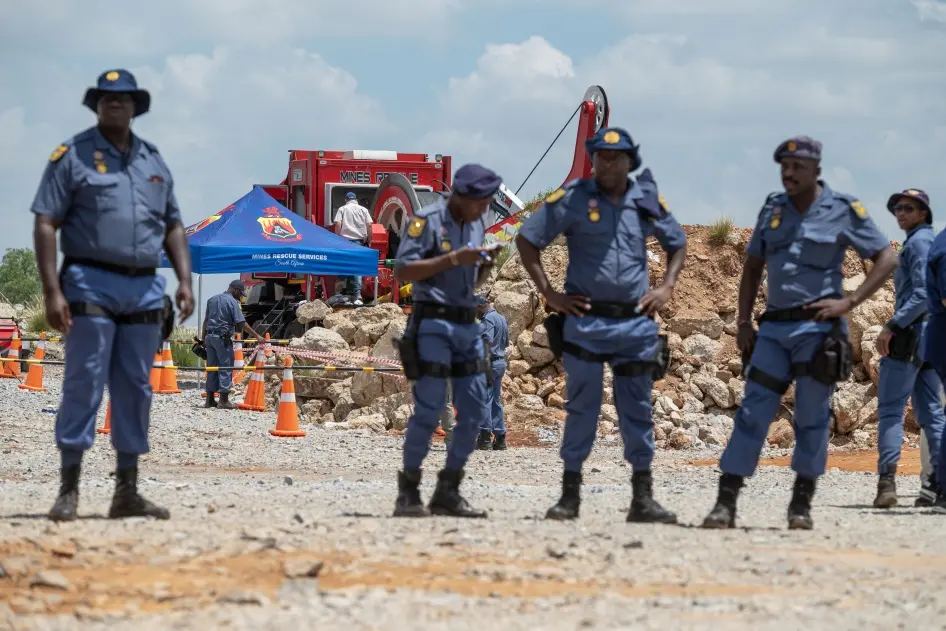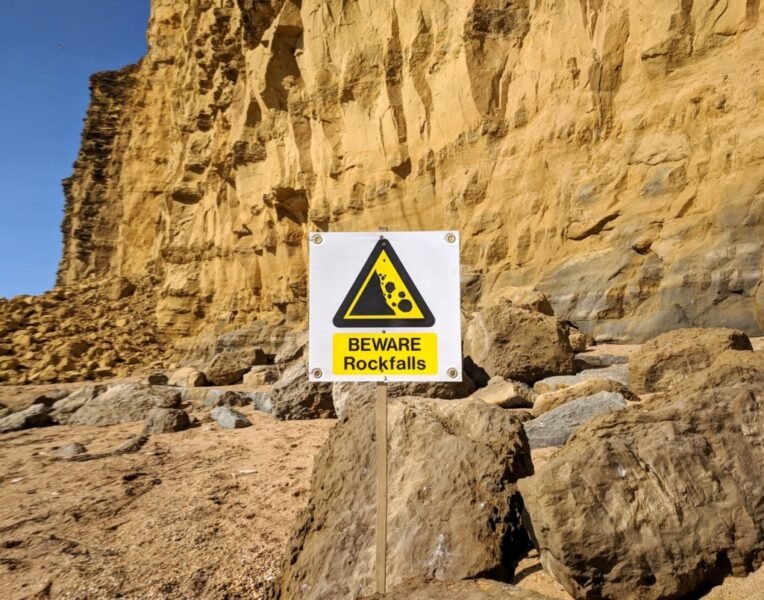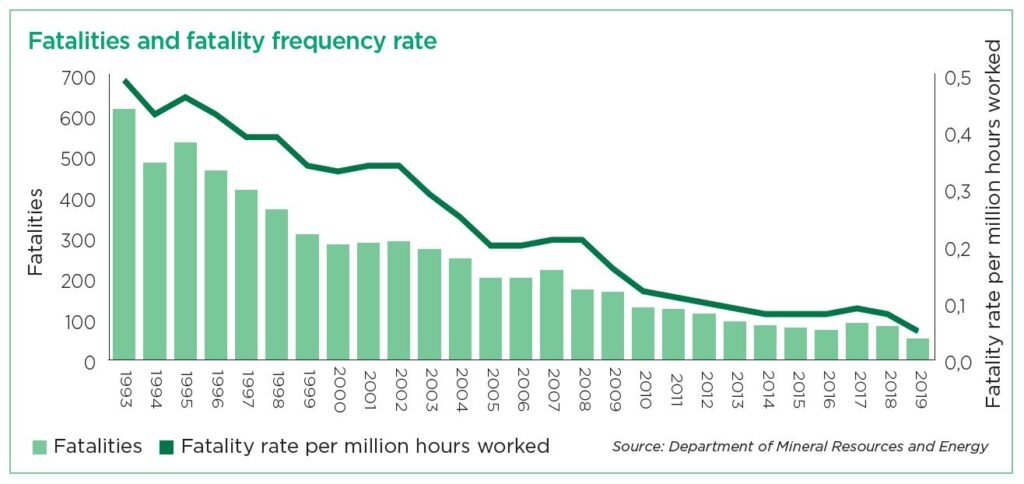South Africa Mining Deaths

South Africa has long been a global leader in mining, but the sector has also carried a heavy human cost, with high rates of fatalities and occupational injuries. Despite improvements over the years, mining deaths remain a serious concern, particularly in deep-level gold and platinum mines.
Here’s an overview of mining deaths in South Africa, their causes, and the ongoing efforts to improve safety and reduce risk.
1. Historical Context of Mining Deaths
- Apartheid Era:
- Migrant labor systems led to dangerous conditions, with minimal safety regulations and poor ventilation in deep shafts.
- High fatality rates due to rockfalls, gas explosions, and structural failures.
- Post-Apartheid Reforms:
- The Mine Health and Safety Act (MHSA), 1996, aimed to improve worker protection and regulatory oversight.
- Increased focus on health and safety protocols and unionization.
2. Major Causes of Mining Deaths
| Cause | Description |
|---|---|
| Rockfalls and Seismic Events | Frequent in deep-level gold and platinum mines |
| Shaft Failures | Elevator or hoisting system malfunctions |
| Fires and Explosions | Methane gas buildup in coal mines |
| Toxic Gas Exposure | Carbon monoxide, hydrogen sulfide, and other gases in confined spaces |
| Equipment Accidents | Machinery malfunctions, falls, and crushing incidents |
These risks are compounded by aging infrastructure and high operational pressures.

3. Recent Mining Deaths (2020–2024)
While fatalities have declined from earlier decades, they still occur:
- 2023: A rockfall at a Sibanye-Stillwater mine killed 6 workers.
- 2022: 12 miners trapped in a Harmony Gold shaft; rescued after 72 hours.
- 2021: Fire at a Mpumalanga coal mine caused multiple injuries.
The Department of Mineral Resources and Energy (DMRE) investigates each incident and enforces compliance with safety standards.

4. Regulatory Framework and Safety Measures
- Mine Health and Safety Act (MHSA): Sets safety requirements for all mines.
- Chief Inspector of Mines: Oversees inspections and enforcement.
- Safety Inspections: Regular checks for ventilation, ground stability, and equipment maintenance.
- Training and Compliance: Mandatory safety training for all employees.
Despite these measures, human error, outdated equipment, and economic pressures continue to pose challenges.
5. Ongoing Challenges and Improvements
Challenges:
- Aging infrastructure in deep-level mines
- Labor unrest and poor safety culture
- High-risk environments in gold and platinum sectors
Improvements:
- Adoption of automation and AI for real-time monitoring
- Improved ventilation and seismic monitoring in deep mines
- Stricter enforcement of safety protocols
- Investment in modern equipment and training

FAQs
Q1: How many mining deaths occur in South Africa annually?
A1: Dozens are reported each year, with most occurring in gold and platinum mines.
Q2: What is the main cause of mining deaths?
A2: Rockfalls and seismic events are the leading causes, especially in deep-level operations.
Q3: Are mining companies held accountable for accidents?
A3: Yes—companies can face fines, shutdowns, or criminal charges if negligence is found.
Conclusion
South Africa mining deaths reflect a sector that has made progress but still faces significant safety challenges. With continued investment in technology, training, and regulation, the industry can move toward zero harm and sustainable development.

